Key Points
- Brood parasites like the cuckoo lay eggs in other species' nests to avoid parenting duties.
- Birds like the Asian Koel have evolved eggs that perfectly mimic their host's eggs.
- Cuckoo and honeyguide chicks often kill host offspring to monopolize food and attention.
Birds that lay eggs in other nest: In the vast and complex world of nature, the game of survival is always the real strategy. For a few birds, this means not having to raise their own chicks, which is a lot of work. This behavior, called nest parasitism, is an amazing evolutionary strategy in which a female bird lays her eggs in the nest of another species, tricking the host into doing all the work.
The Journal of Ornithology published a study in 2023 that found there are more than 100 types of brood parasite birds around the world. Some of these birds, like the common cuckoo, have evolved to look almost exactly like their host's eggs so that they don't get caught.
This behavior may seem unfair, but it gives us a fascinating look at the "arms race" between parasites and their hosts, a silent fight for survival where even the smallest edge can make a big difference. This nature gives the parasite birds more time to find food and mate, which means it can have more babies.
What are the Birds that Lay Eggs in Other Nests?
The following table highlights some of the most notable birds that exhibit parasitic and cunning behavior, along with the hosts they target, before understanding the key characteristics of their parasitic actions.
| S.No. | Brood Parasite Bird Species | Host Species |
| 1 | Common Cuckoo | Warblers, pipits, wagtails |
| 2 | Brown-headed Cowbird | Over 220 species, including robins and finches |
| 3 | Greater Honeyguide | Barbets, woodpeckers, kingfishers |
| 4 | Asian Koel | Crows, bulbuls, babblers |
| 5 | Shiny Cowbird | Various passerines, small songbirds |
| 6 | Black-headed Duck | Coots, gulls, and other duck species |
| 7 | Pin-tailed Whydah | Estrildid finches |
Check Out: List of 9 Most Beautiful Butterflies in the World (Ranked)
1. Common Cuckoo
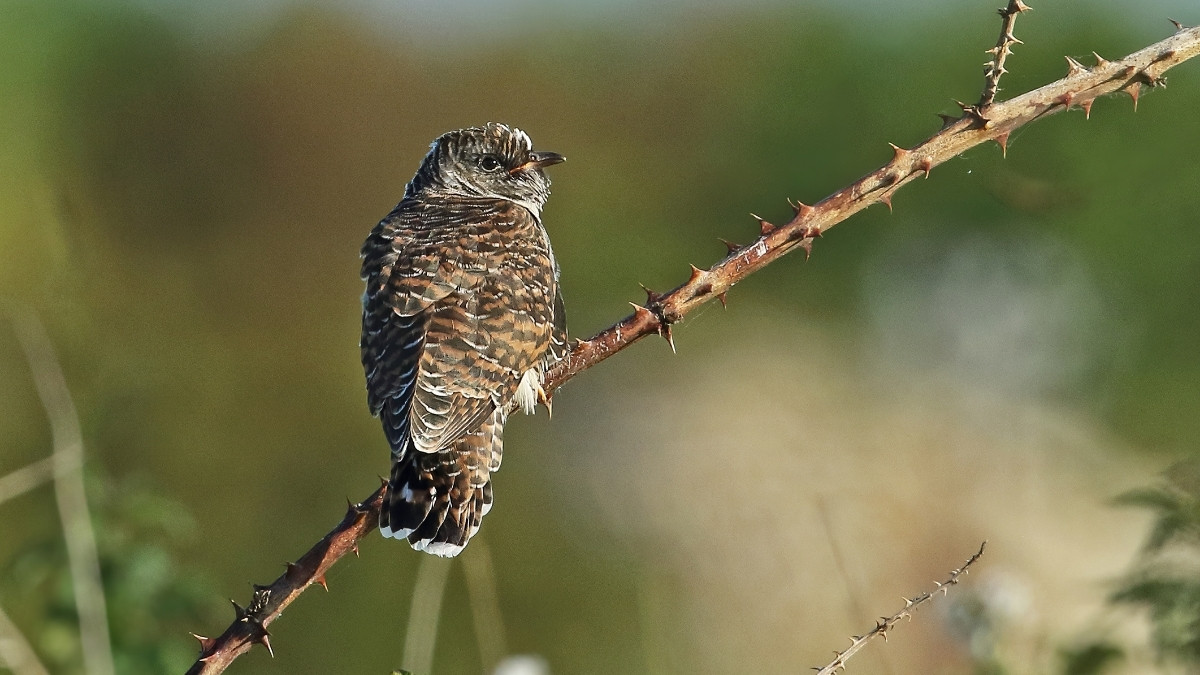
The common cuckoo is perhaps the most well-known brood parasite. Found across Europe and Asia, it has evolved a stunning specialization. Female cuckoos are 'gentes'—specialist lineages that lay eggs that mimic a specific host species. For example, a cuckoo that lays eggs in a reed warbler's nest will produce eggs that look just like the warbler's. The cuckoo parent also removes one of the host's eggs to make room for its own. After the cuckoo chick hatches, it instinctively pushes any other eggs or chicks out of the nest.
2. Brown-headed Cowbird
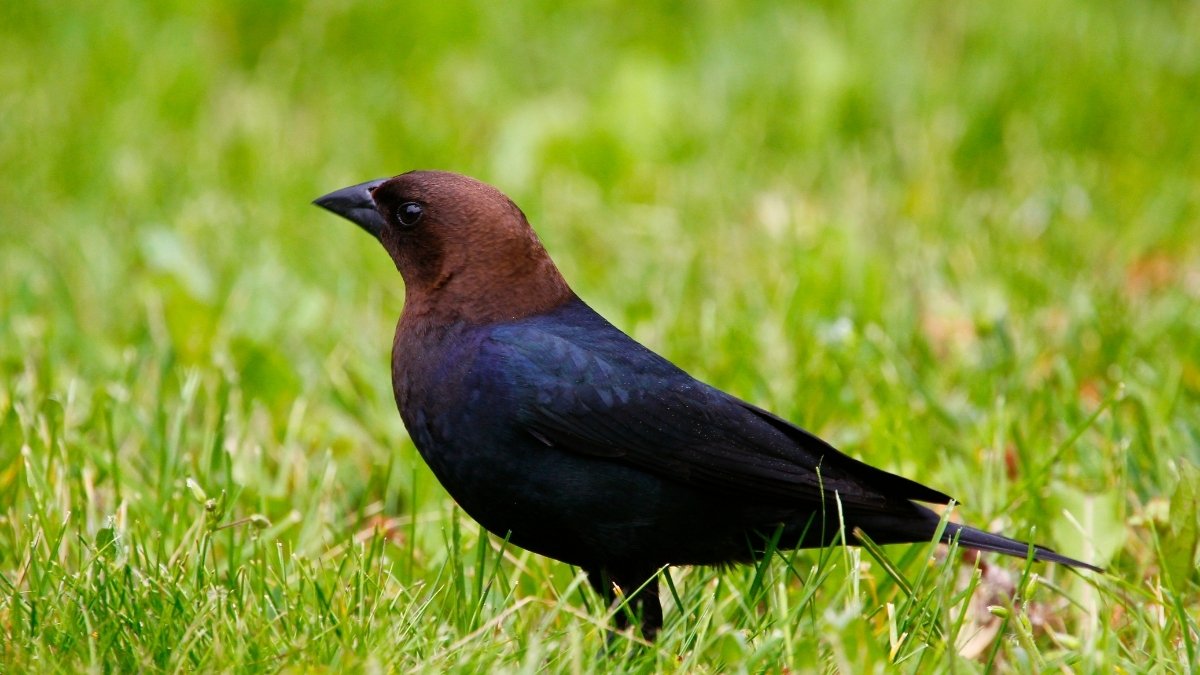
The brown-headed cowbird is North America’s most widespread brood parasite. Female cowbirds can lay up to 40 eggs a season, distributing them among the nests of dozens of different species. They often lay their eggs in the nests of smaller birds, which are less likely to recognize the difference. A cowbird egg hatches quickly, and the chick grows rapidly, often outcompeting the host's own young for food and attention, sometimes to the point where the host's chicks starve.
3. Greater Honeyguide
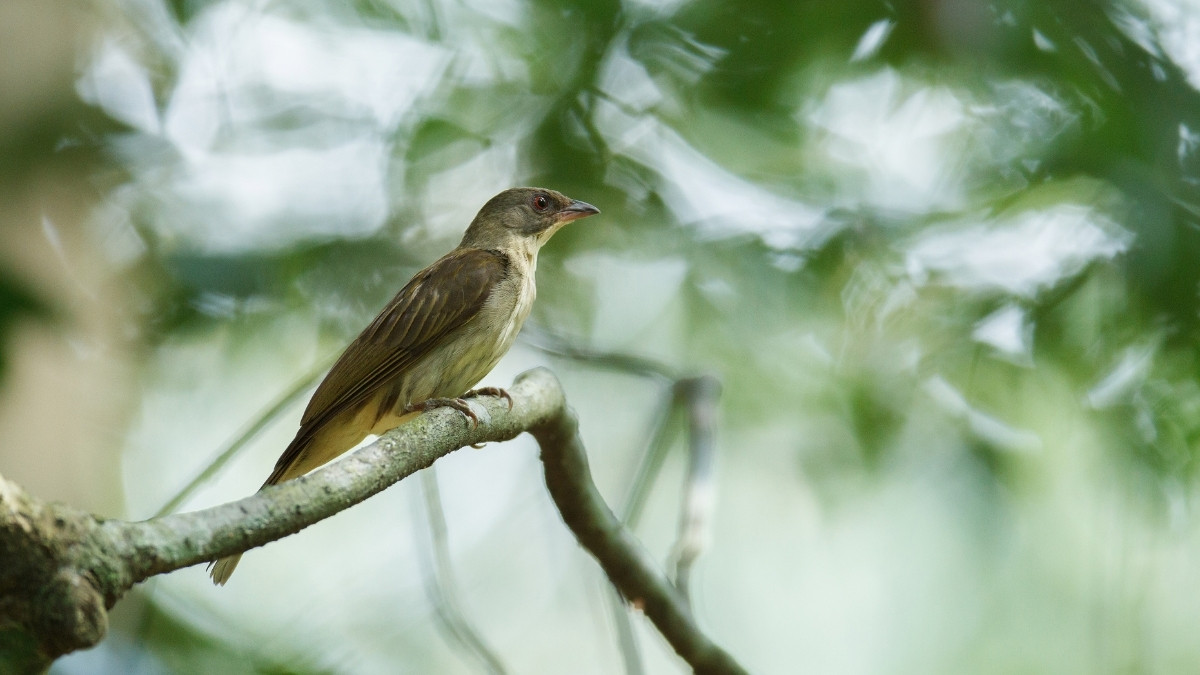
Native to Africa, the greater honeyguide is a fascinating bird for two reasons. First, it guides humans and badgers to beehives. Second, it's a brood parasite. The female lays her eggs in the nests of hole-nesting birds like barbets. What's particularly brutal is that the newly hatched honeyguide chick has a sharp, hooked bill that it uses to stab and kill the host's chicks, ensuring it has all the resources for itself.
4. Asian Koel
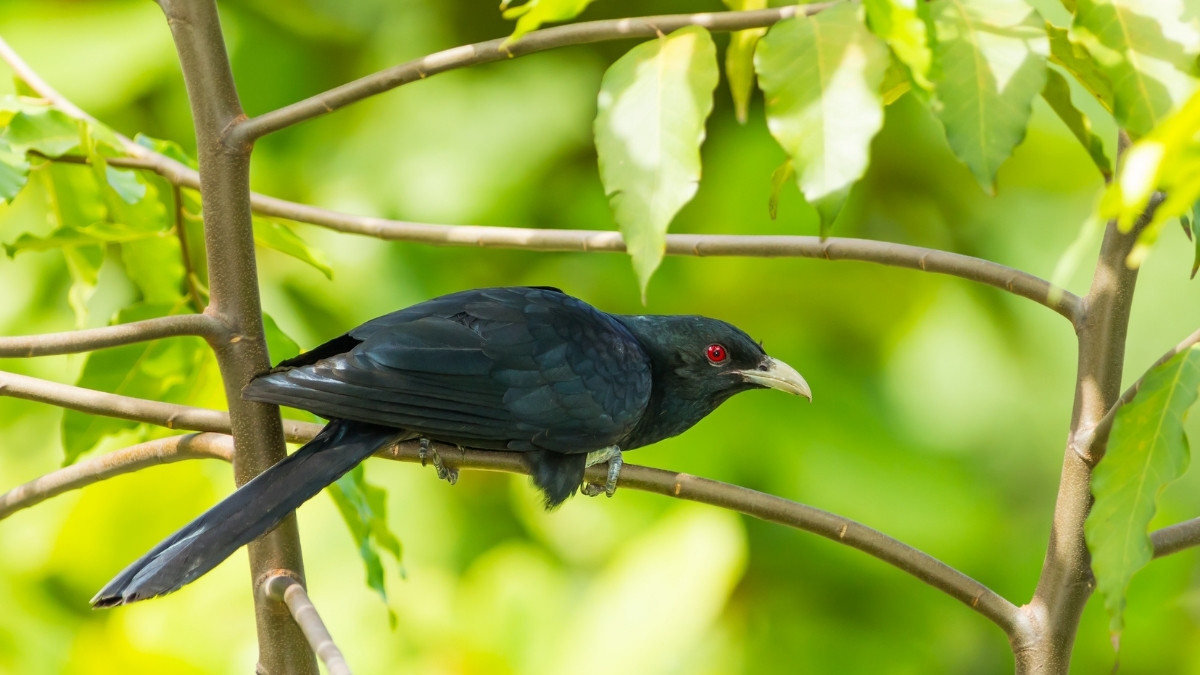
A prominent parasitic bird in Asia, the Asian Koel typically targets the nests of its larger cousin, the crow. Its shiny, dark eggs blend in well with the crow's. This strategy of egg mimicry is crucial for its survival. Once the koel chick hatches, it outcompetes the crow chicks for food. Crows, being very intelligent birds, have developed defenses against this, but the koel's mimicry and fast-growing chicks often outmaneuver them.
5. Shiny Cowbird
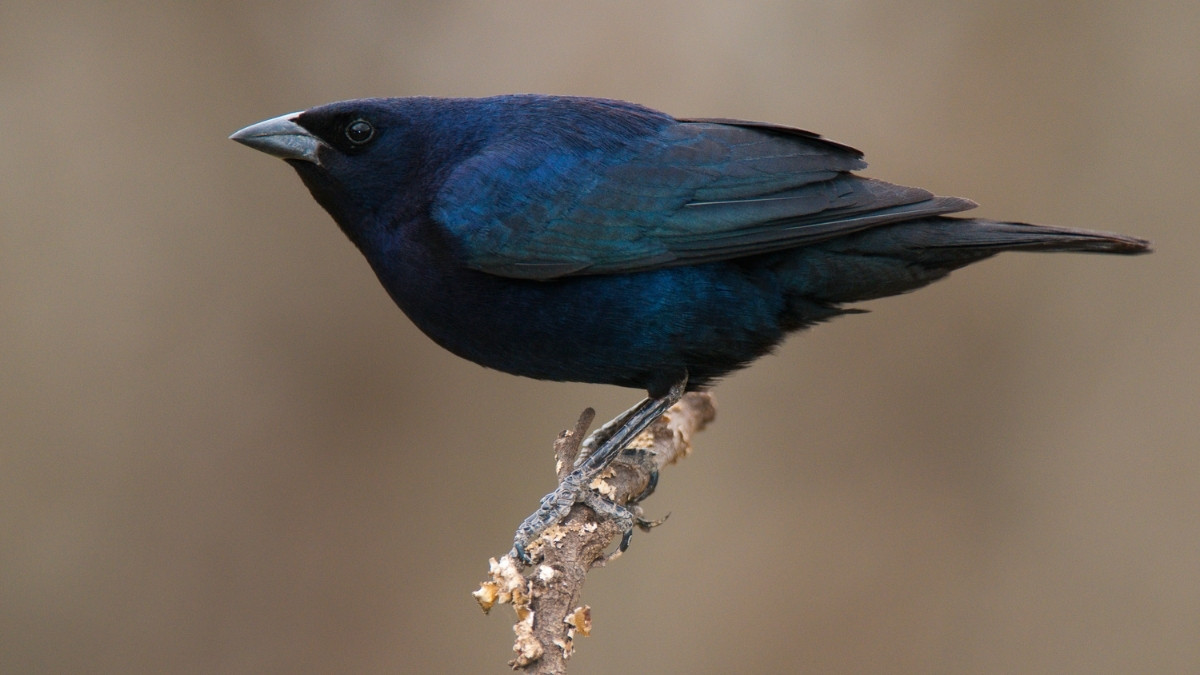
Found in South America, the shiny cowbird is another generalist brood parasite, much like its brown-headed cousin. It lays its eggs in the nests of a wide variety of small songbirds. Its chicks grow quickly and often outcompete the host's young, sometimes even pushing them out of the nest. This behavior can have a significant impact on local bird populations.
6. Black-headed Duck

In contrast to the others on this list, the black-headed duck is a "gentle" parasite. It lays its eggs in the nests of other ducks, gulls, or coots, but its ducklings are self-sufficient soon after hatching. They don't harm the host's young or compete for food. This makes it a rare example of a non-lethal brood parasite.
7. Pin-tailed Whydah
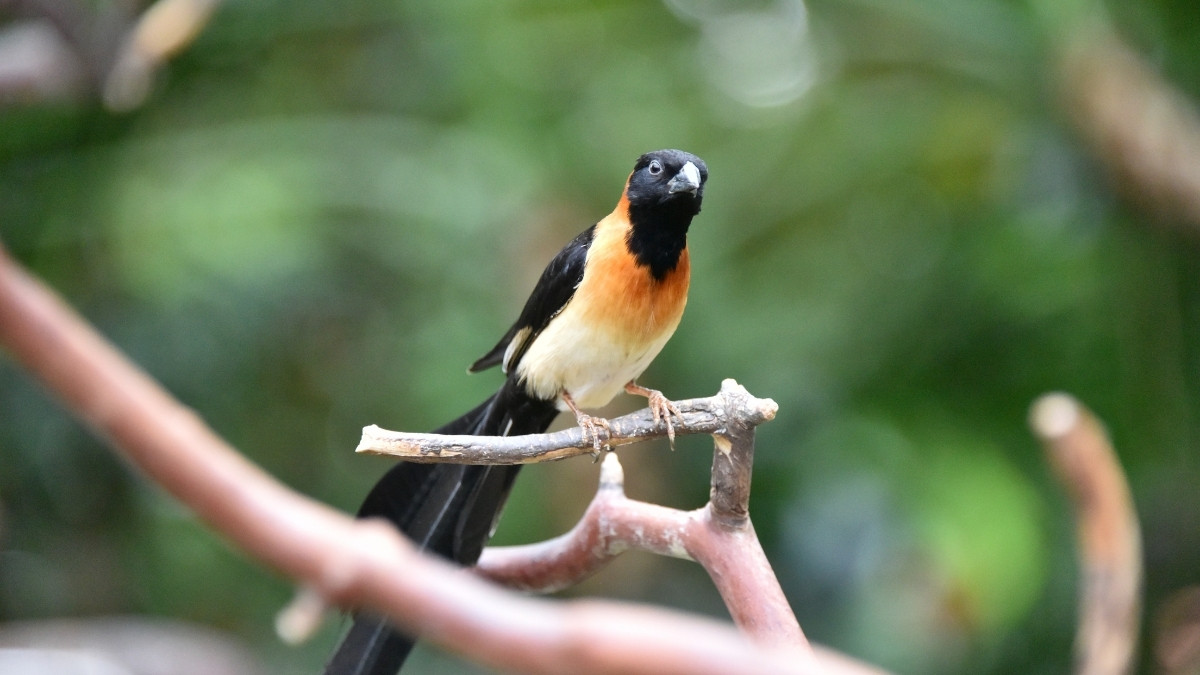
The pin-tailed whydah, which lives in sub-Saharan Africa, has developed a unique way of imitating other animals. It lays its eggs in finch nests. The chicks have markings in their mouths that are exactly like those of the finch chicks. This makes the parents of the finches think they are feeding them.
Also Read - List of 9 Animals with the Hardest Shell (and Armour) on Earth: Ranked
The world of brood parasite birds shows a fascinating and cruel side of nature's intelligence. These birds have perfected a strategy that lets them thrive by giving up the most important job of all: being a parent. For example, the cuckoo uses clever mimicry, and the greater honeyguide uses aggressive tactics. This evolutionary arms race shows how adaptable species are as they try to outsmart each other in the fight for survival.
To see more of such stories, you can go ahead and add this site to your preferred sources by clicking here.
Comments
All Comments (0)
Join the conversation